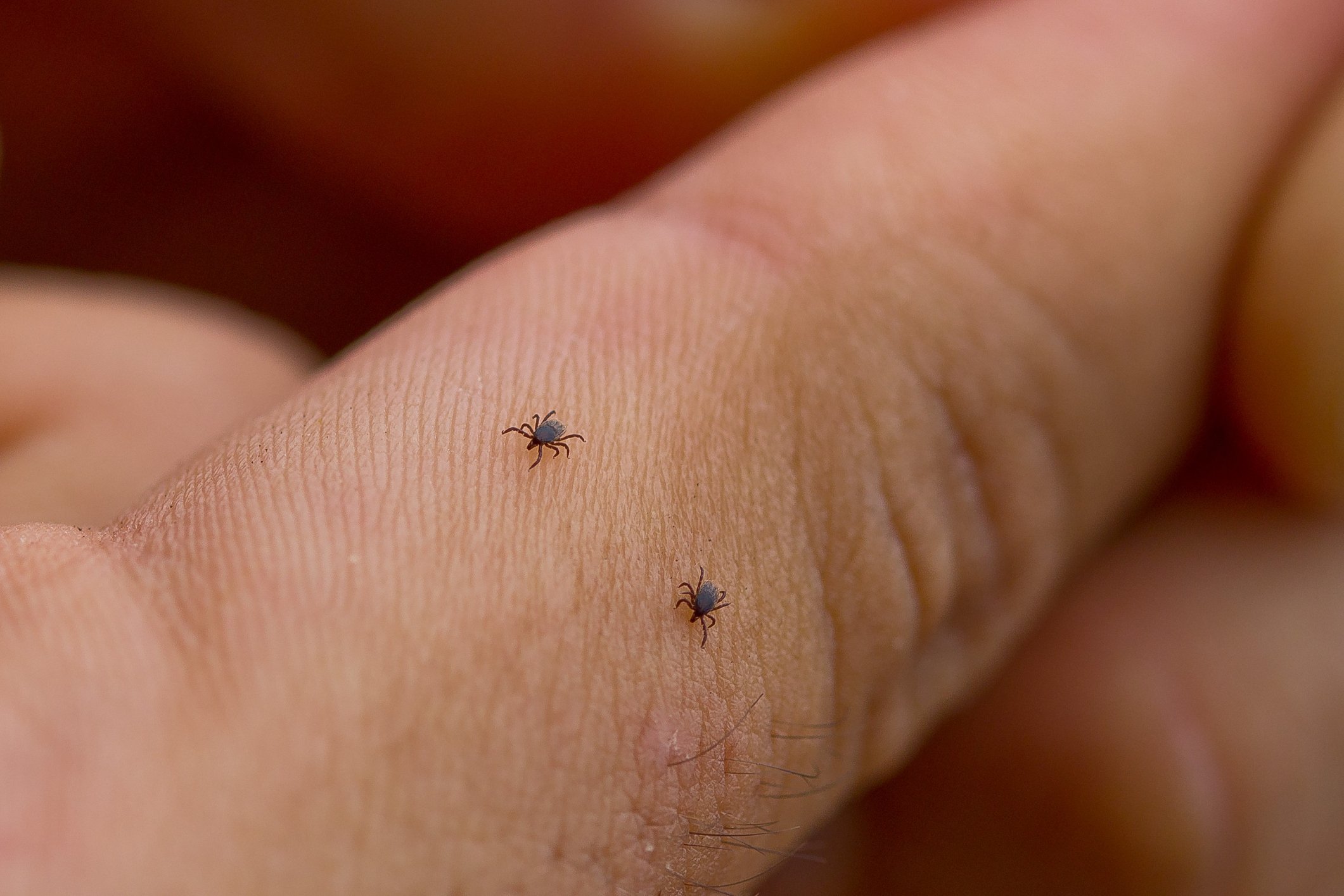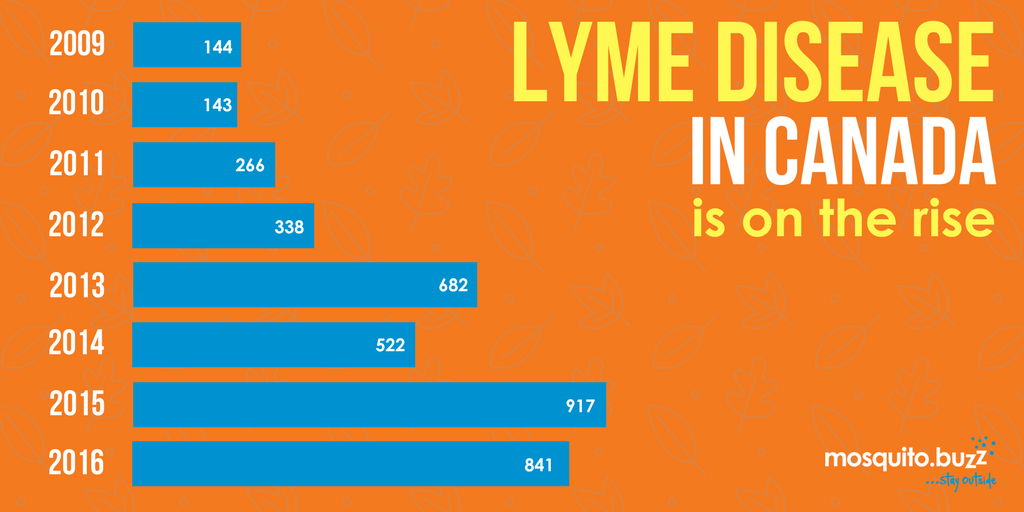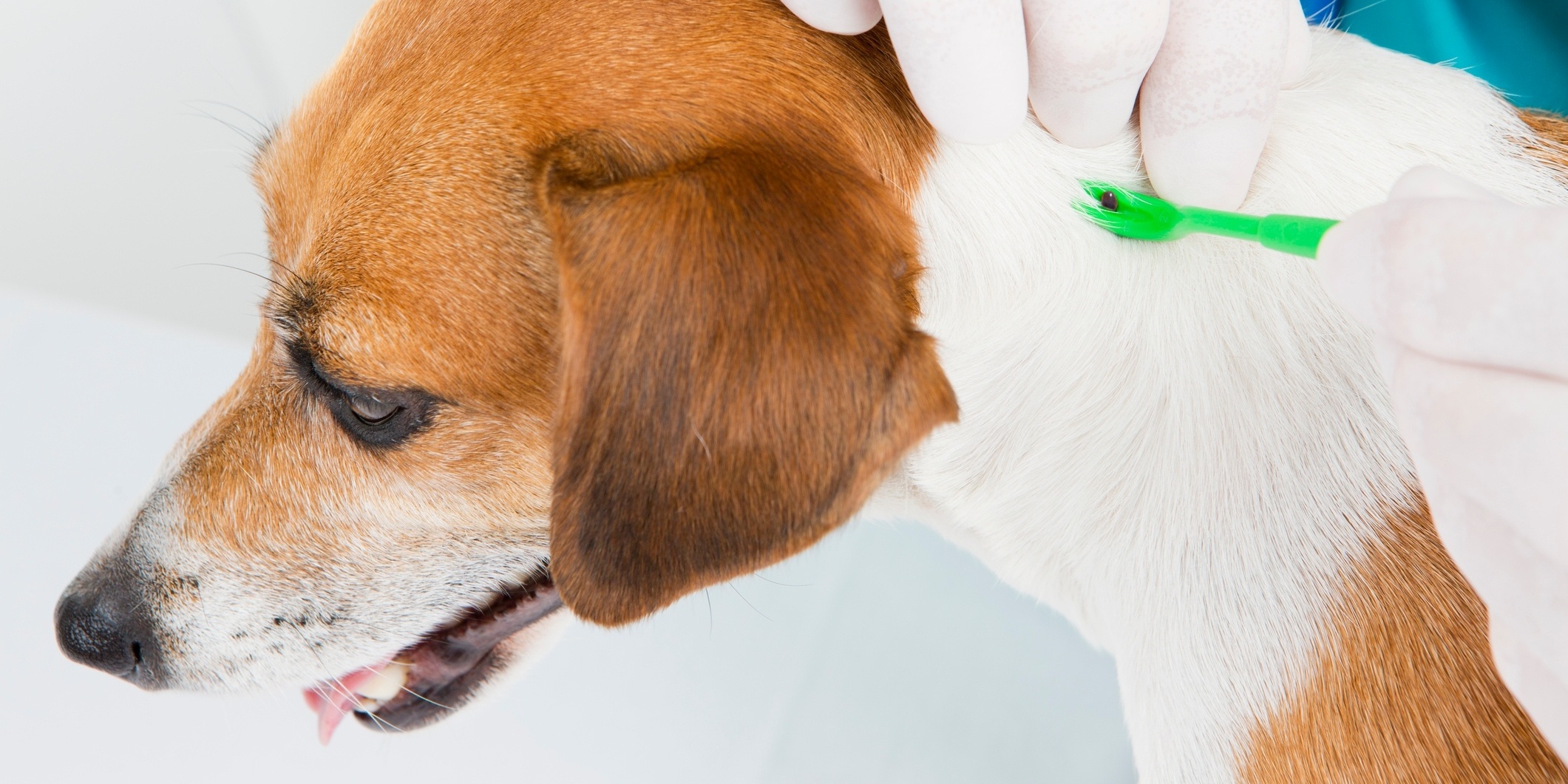
May is Lyme Disease Awareness Month in North America - a great initiative that we at mosquito.buzz are honoured to take part in every year. Lyme disease is caused by a type of bacteria called Borrelia burgdorferi, which can be transferred to humans through the bite of an infected blacklegged tick. Ticks become infected with Lyme disease by feeding on infected wild animals such as deer, birds, and small rodents, many of which can spread throughout the country by hitching rides on the backs of migratory birds.
Every year in Canada, the number of tick encounters and Lyme diseases diagnoses are growing steadily in volume - a sad stat that seems unlikely to change anytime soon. If you and your pet(s) are spending some much needed time outdoors (at a safe distance of course), chances are high that a tick is waiting patiently in the weeds, searching the brush for its next blood meal...
Lyme Disease And Blacklegged Ticks

For you or your pet to contract Lyme disease, you would need to have been bitten by an infected blacklegged tick.
For this to happen, a tick would have attached itself to you or your pet. Ticks don't jump or fly; instead, they rest on low growing grasses or plants and wait for a host (human or animal) to pass by. When you or your pet brush past the plant, the tick will cling to clothing or fur, before crawling around looking for a place to attach itself and start feeding.
Once the tick has bitten, bacteria enters the skin and eventually makes its way into the bloodstream. In most cases, it takes around 36 to 48 hours of attachment for Lyme disease to be transmitted, so if you discover an attached tick, it's important to carefully extract it as soon as possible and contact the proper authorities.
If the tick looks swollen, it may have been feeding for a long enough time to transmit bacteria, which is why it's so important to take the correct precautions if you or your pet have been in tick-prone areas.
Where To Check For Ticks
Being the small, seed-sized pests that they are, ticks are naturally adept at hiding out on the darker, less exposed areas of their "hosts" bodies. To ensure that your next tick check is a success, have a look at the "hotspots" you should be giving extra attention to this spring and summer.

Humans:
- Your Hair
- Armpits
- Behind the ears
- Inside the belly button
- Around the waist
- Back of the knees
- Between the legs
Pets:
- Groin area and armpits
- Between the toes
- Inside the ears and around ear folds
- Under the chin and neck area
- Under the tail
#tickcontrol #mosquitobuzz #mosquitobuzzottawa #tickspray #tickrepellent #getridofticks #TickTreatment #TickKiller #lymedisease #lymediseaseawarenessmonth



